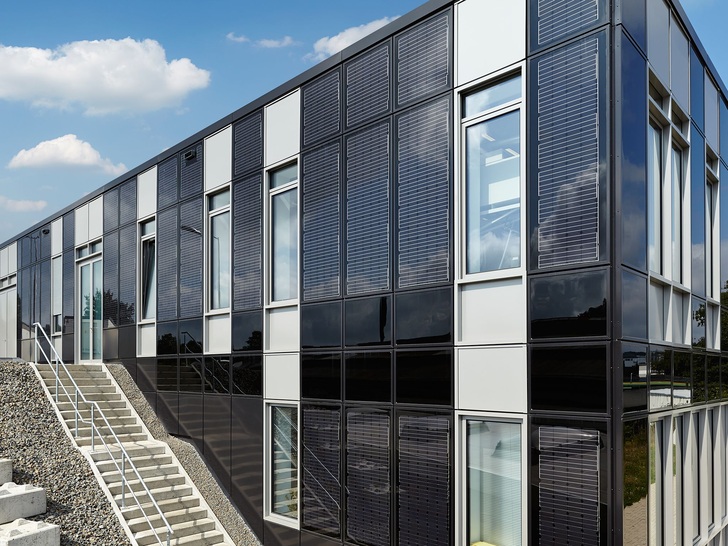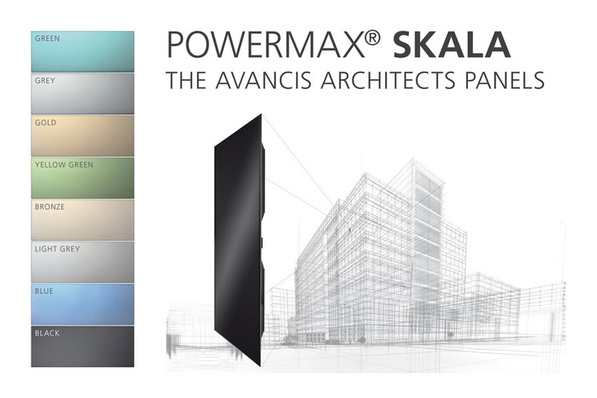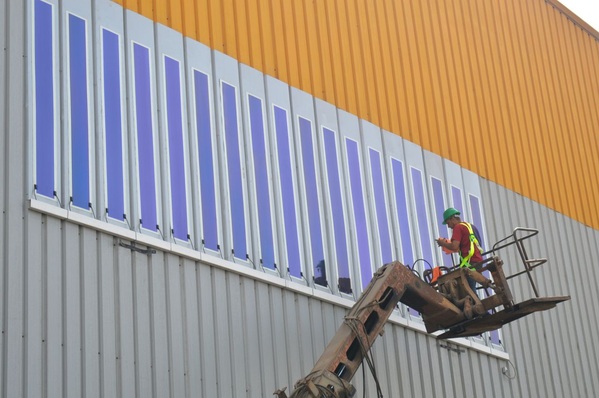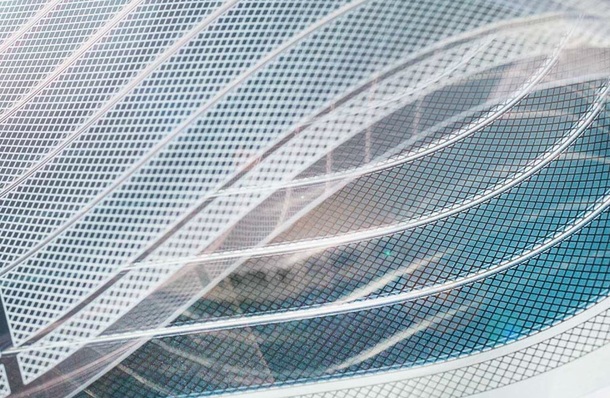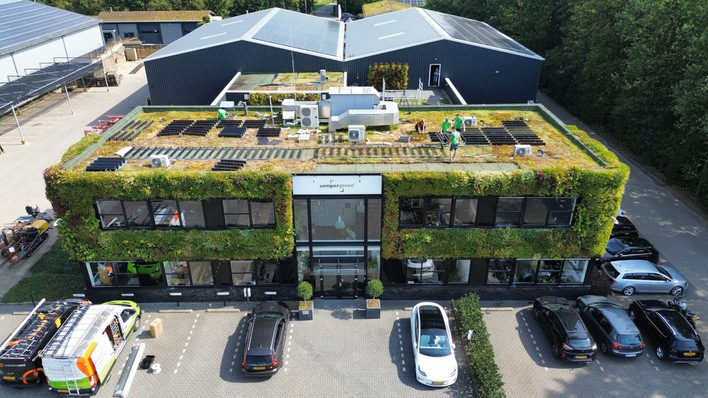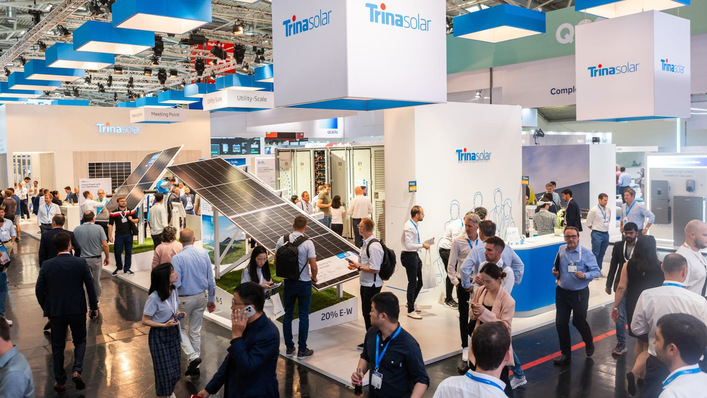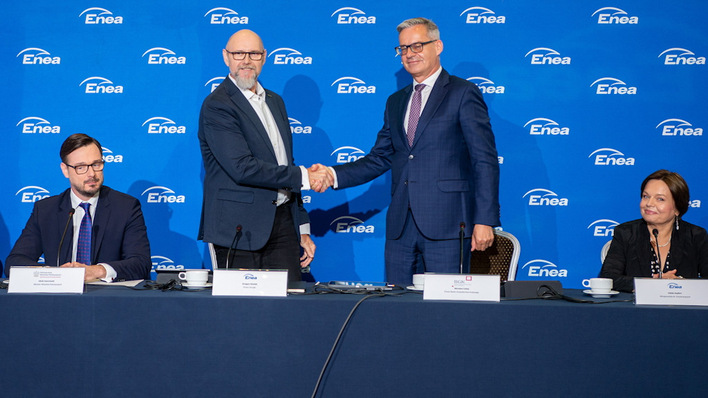The use of BIPV to generate renewable energy on buildings is future-oriented, particularly with regard to the expected implementation of the "EU Buildings Directive" 2010/31/EU concerning the total efficiency of buildings in the EU member states by 2020. Within the context of the German energy-saving regulations, the energy generated in the modules may be subtracted from the calculated power requirements, which results in primary energy requirements that are as low as possible.
BIPV modules in the façade are not only a visible sign of environmental protection and sustainability, but also a key component for achieving nearly zero, zero or plus-energy buildings. The building utilises the building-integrated photovoltaics (BIPV) in Schüco window and façade systems, and skylights to generate solar power. This converts buildings fitted with BIPV modules from energy consumers into energy producers. The modules are custom-built to architect specifications with individual designs in terms of shape, colour and visual structure.
In addition to generating solar power, the BIPV modules also take on comfort and security functions, such as thermal insulation, sound reduction and protection against the weather. Schüco thus offers a flexible complete system for the building envelope as an energy-efficient alternative to standard infill elements that saves resources. (nhp)
Get to know more about solar modules and solar panel costs and prices.
Stay informed, get our weekly newsletter. Register here: https://www.pveurope.eu/newsletter


